Industry information
Company News
- Aluminum veneer curtain wall: the fashionable coat of modern architecture
- Aluminum veneer curtain wall: a window for the integration of architectural aesthetics and technology
- Aluminum veneer customization: an artistic journey to create personalized spaces
- Aluminum veneer: the "fashion darling" of the construction industry
- Hyperbolic aluminum veneer: the beauty of architecture, the charm of aluminum materials
Industry dynamics
- Design creativity and personalized customization of 2mm aluminum veneer
- Unique style ceiling with 2.5mm aluminum veneer to create a unique space
- Aluminum veneer: the secret weapon of architectural aesthetics
- Professional customized door head wall aluminum veneer solution
- Detailed interpretation of fire resistance performance of aluminum veneer
Frequently asked questions
- What are the advantages and disadvantages of aluminum veneer compared to other metal materials?
- How is aluminum veneer produced and manufactured?
- What are the applications of aluminum veneer in the construction industry and how can they be improved?
- What are the types of aluminum veneer?
- What are the applications of aluminum veneer in the interior decoration industry?
contact us
Mobile:+86 15627778610
Email: 2201229786
Address: No. 5 Binjiang Road, High tech Zone, Zhaoqing City, Guangdong Province
What is the processing technology for punched aluminum veneer?
- Author: Lesilong Technology (Guangdong) Co., Ltd
- Release time: 2022-03-16 20:49:48
- Click:0
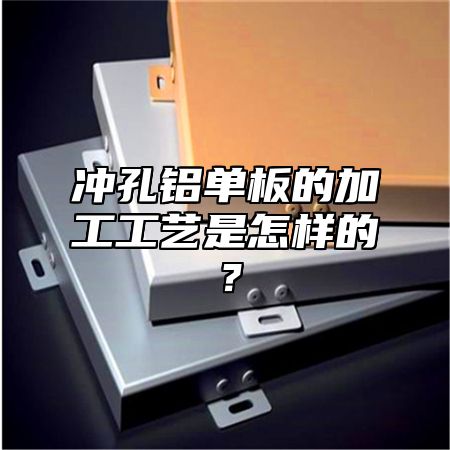
punchingAluminum veneerIt is a material widely used in the fields of architectural decoration, advertising billboards, curtain walls, etc. It has the advantages of light weight, high strength, corrosion resistance, fire prevention, etc. The processing technology of punched aluminum veneer is one of the important factors affecting its quality and performance. The following will introduce it from the following aspects.
1. Raw material preparation
The processing of punched aluminum veneer first requires the preparation of raw materials, including aluminum alloy sheets, molds, punching machines, drill bits, etc. Generally speaking, the thicker the punched aluminum veneer, the more raw materials are required. Therefore, when selecting raw materials, it is necessary to choose according to actual needs. Strict inspection and screening of raw materials are also required to ensure that their quality meets the requirements.
1. Making molds
Making molds is one of the important processes in the processing of punched aluminum veneers, and its accuracy and quality directly affect the appearance and performance of punched aluminum veneers. Generally speaking, making molds requires the use of CNC machining equipment or manual production, depending on the shape and size of the punched aluminum veneer. When making molds, attention should be paid to their accuracy and stability to ensure that the size and shape of the punched aluminum veneer meet the requirements.
1. Stamping forming
Stamping is one of the core processes in the processing of punched aluminum veneer, and its quality and efficiency directly determine the production speed and cost of punched aluminum veneer. Generally speaking, stamping requires the use of large punch presses and high-speed hydraulic systems to control the shape and size of punched aluminum veneers by adjusting pressure and speed. When stamping, attention should be paid to the stability and accuracy of the mold, as well as factors such as the hardness and toughness of the material.
1. Drilling processing
Drilling processing is the final stage of punching aluminum veneer processing, which aims to increase the breathability and aesthetics of punched aluminum veneer. Generally speaking, drilling processing requires the use of equipment such as drilling machines or laser drilling machines to control the aperture and depth by adjusting the diameter and speed of the drill bit. Attention should be paid to the wear and precision of the drill bit, as well as the hardness and toughness of the material during drilling processing.
1. Surface treatment
The surface treatment of punched aluminum veneer is one of the important methods to improve its aesthetics and anti-corrosion performance, including anodizing, spraying, electrophoretic coating, etc. Different surface treatment methods can affect factors such as color, glossiness, and corrosion resistance of punched aluminum veneer, so it is necessary to choose according to actual needs. During the surface treatment process, attention should also be paid to the process flow, equipment cleaning, and environmental control to ensure that its quality meets the requirements.
The processing technology of punched aluminum veneer is a complex and delicate process that requires comprehensive consideration of multiple factors such as raw materials, molds, stamping, drilling, and surface treatment. Only by strictly following the process requirements and continuously optimizing and improving the process flow and technical means can high-quality and high-performance punched aluminum veneer products be produced.

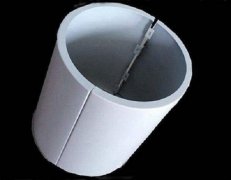
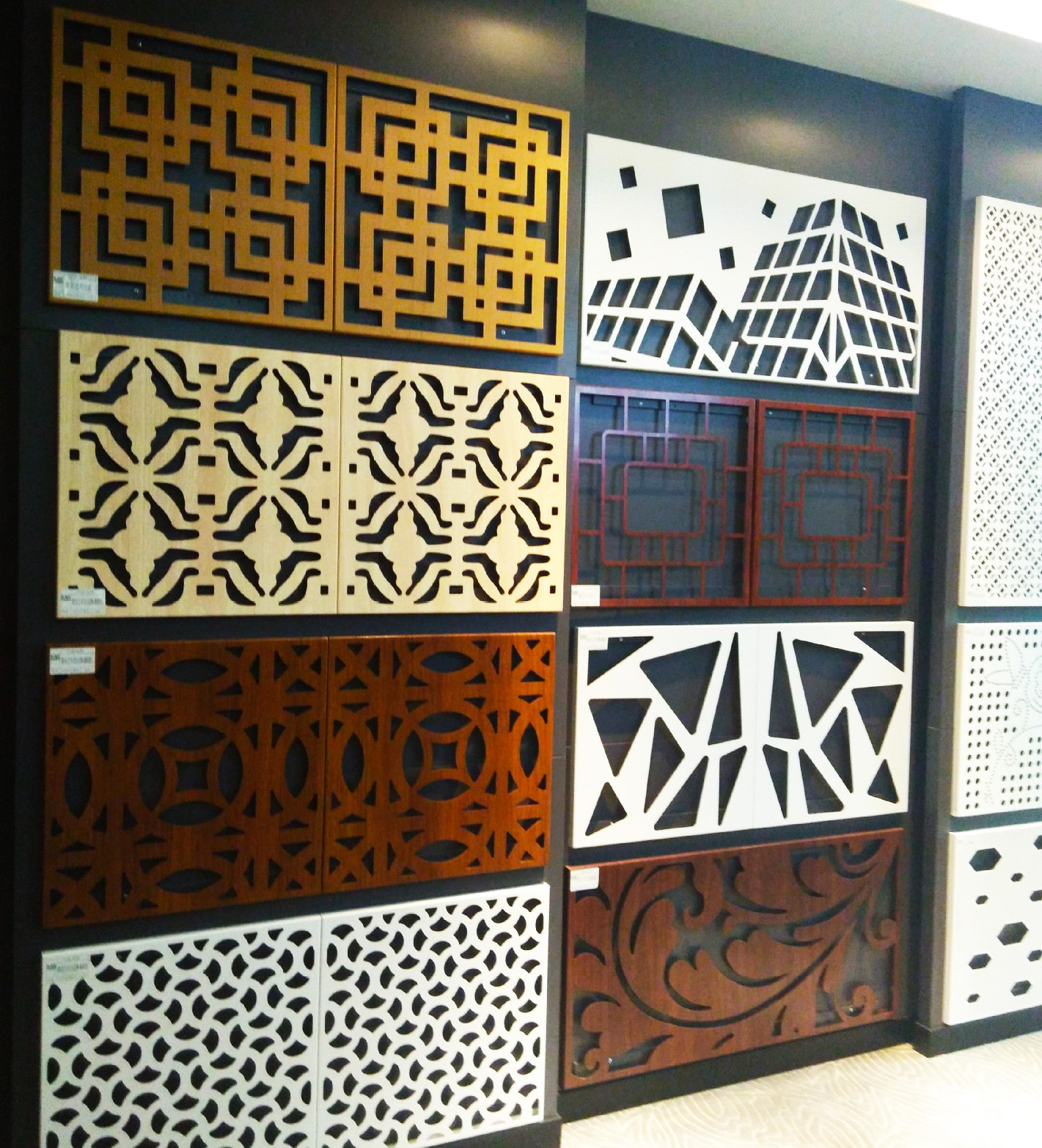

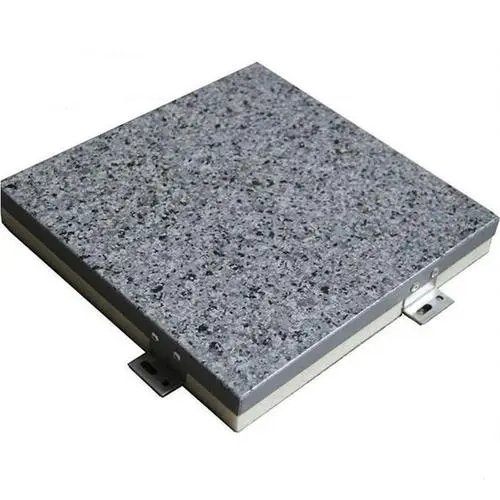
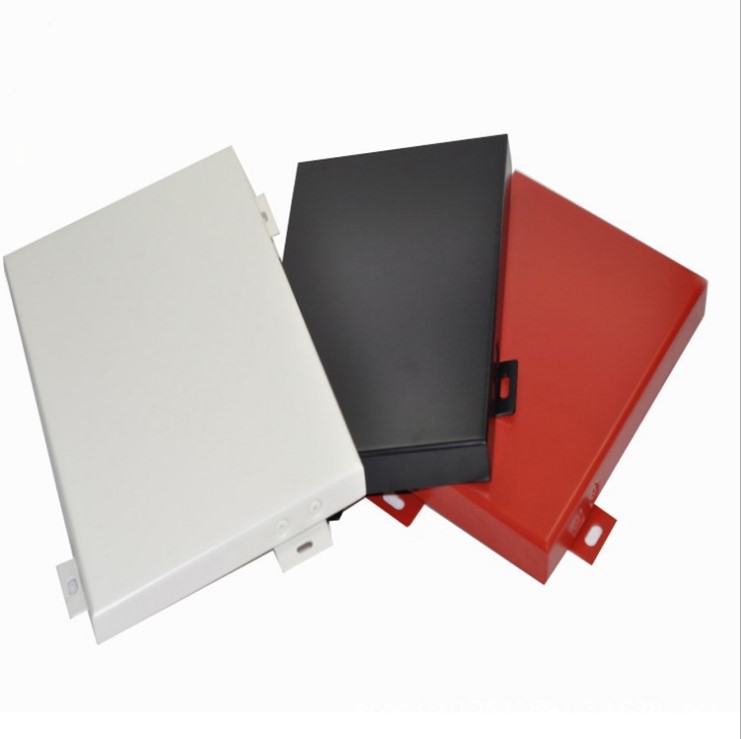
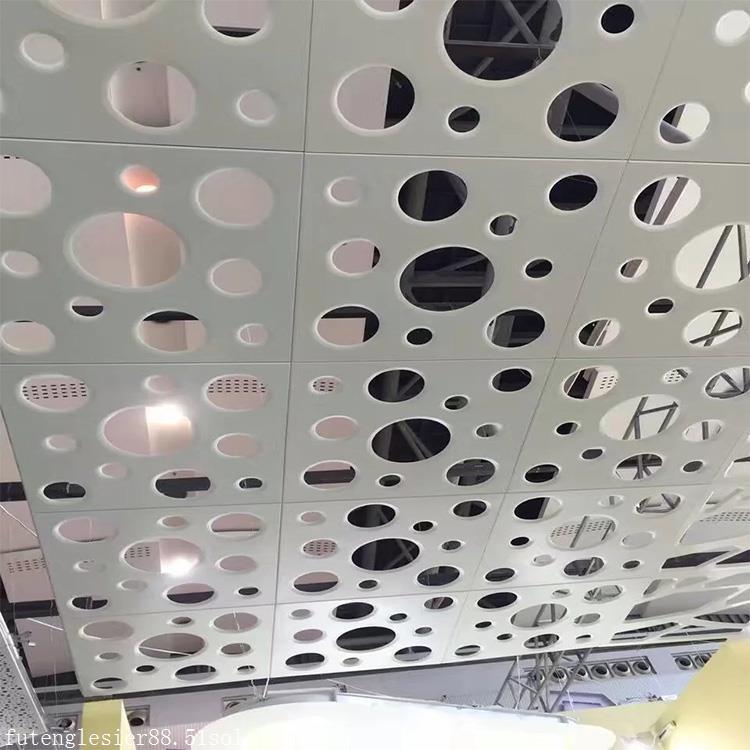
 Customer service QQ
Customer service QQ